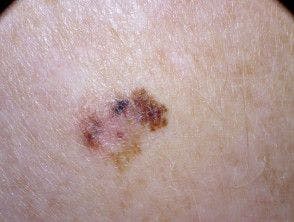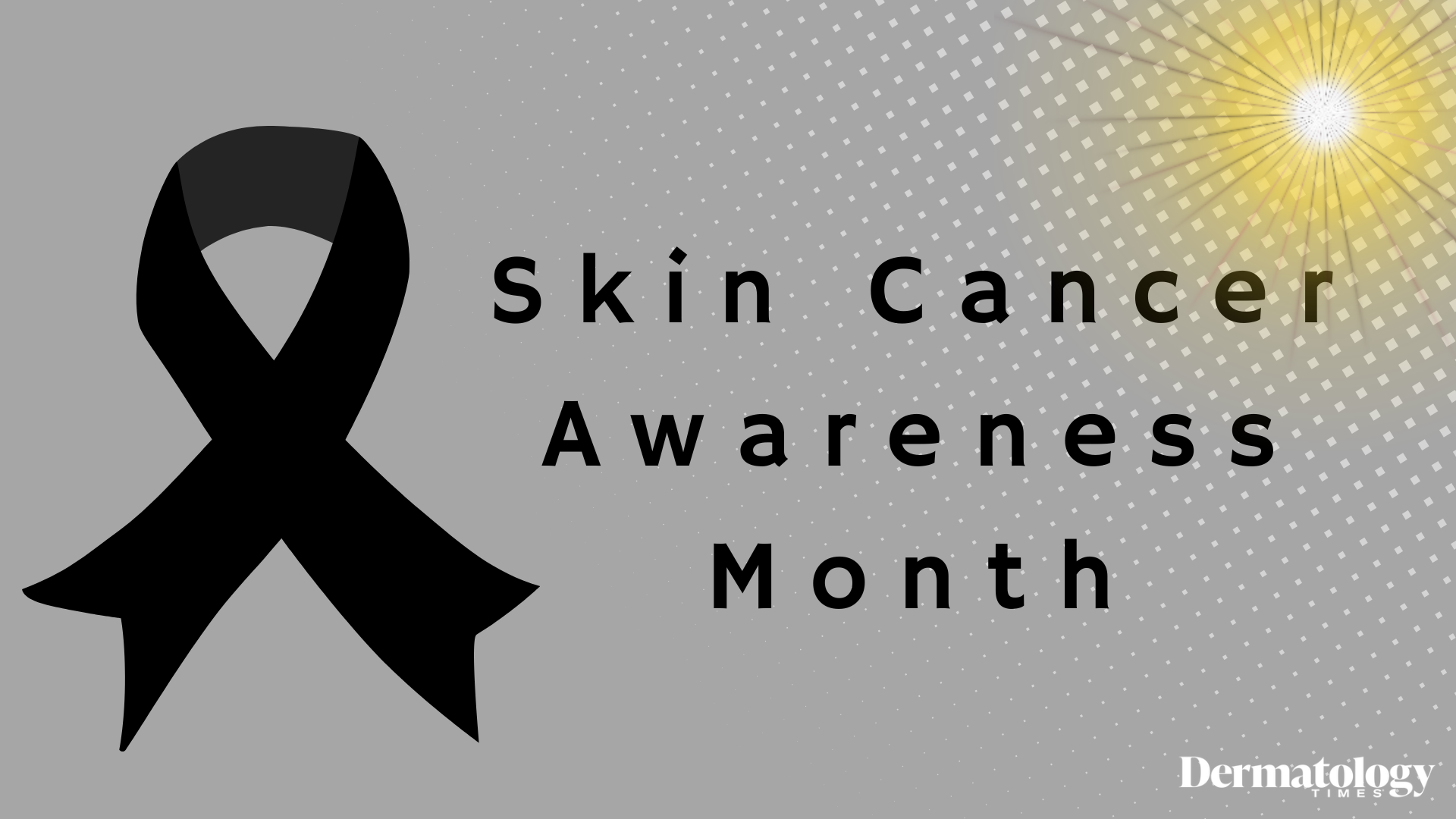- Acne
- Actinic Keratosis
- Aesthetics
- Alopecia
- Atopic Dermatitis
- Buy-and-Bill
- COVID-19
- Case-Based Roundtable
- Chronic Hand Eczema
- Chronic Spontaneous Urticaria
- Drug Watch
- Eczema
- General Dermatology
- Hidradenitis Suppurativa
- Melasma
- NP and PA
- Pediatric Dermatology
- Pigmentary Disorders
- Practice Management
- Precision Medicine and Biologics
- Prurigo Nodularis
- Psoriasis
- Psoriatic Arthritis
- Rare Disease
- Rosacea
- Skin Cancer
- Vitiligo
- Wound Care
News
Article
Dermatology Times
Discovering Dermatology Times: June 2024 Print
Author(s):
Learn more about the in-depth topics covered in the June 2024 print issue of Dermatology Times.

The June issue of Dermatology Times includes a collection of thought-provoking articles and topics ranging from clinical implications of e-cigarettes and vaping on the skin to selecting appropriate treatments for LGBTQ+ patients with acne. Be sure to take a look at highlights from the issue below. Also, don’t miss a moment of Dermatology Times by signing up for our eNewsletters and subscribing to receive the free print issue and supplement each month.
E-Cigarettes and Vaping - Clinical Implications of Dermapathology, Impact on Atopic Dermatitis
Initially touted as a safer alternative to traditional smoking, vaping may not be without its own set of risks, including dermatological sequelae, mounting evidence suggests. Although the causality and the directionality of the association between atopic dermatitis (AD) and e-cigarette use is still under investigation, research continues to point to a link. For instance, in a study of 28,563 US adults, researchers found “a significant association between AD and e-cigarette use.” The researchers postulated the inflammatory response is caused when skin comes into contact with e-cigarette fluids, which have been linked with cytotoxic damage, or by the active ingredient propylene glycol, which can induce an inflammatory response.
“It is possible that individuals with AD are more likely to use e-cigarettes,” the researchers wrote, posing another connection. “It has been postulated that the emotional changes observed in those with AD may result in increased rates of smoking; therefore, the same may also hold true for e-cigarettes.”
An Increase in Skin Cancer Calls for an Increase in Treatment Options
As many as 1 in 5 Americans will develop skin cancer in their lifetime,1 and the rates of skin cancer continue to rise.2 Treatment is not a one-size-fits-all approach. Factors such as a patient’s age and the location of cancer, among other concerns, can influence the selected path forward. To address the increased rates of skin cancer while keeping unique patient needs top of mind, there is a pressing need to increase options for treatment.
There are several causes for the increased cases of skin cancer.2 The growing numbers are a direct result of cases being caught sooner due to better detection methods.3 While visual self-exam or clinical examination and biopsy remain standard, other non-invasive tools have recently become available which may aid providers in deciding whether or not to remove a mole or skin abnormality. Such advances include a tape-like material that is placed on a mole and removed to capture traces of genetic material for analysis and total-body photography, which captures high-quality images of every mole on a person’s body in a quick scan. New advances in artificial intelligence are being integrated to better identify potential cancers.
Upadacitinib Outperforms Dupilumab in Primary and Secondary End Points in Head-to-Head AD Study
AbbVie recently announced new topline data from its phase 3b/4 study, LEVEL-UP (NCT05601882), an open-label, efficacy assessor-blinded head-to-head study evaluating the safety and efficacy of upadacitinib 15mg once daily (Rinvoq) compared to dupilumab (Dupixent; Sanofi and Regeneron) in adolescent and adult patients with moderate to severe AD who had inadequate responses to systemic therapies or who should not use systemic therapies.
Upadacitinib demonstrated superior efficacy compared to dupilumab in the primary end point of the simultaneous achievement of a 90% or greater reduction in Eczema Area and Severity Index (EASI-90) and a Worst Pruritus Numerical Rating Scale of 0 or 1 (WP-NRS 0/1) at week 16. Overall, 19.9% of patients treated with upadacitinib achieved the primary end point and 8.9% of patients treated with dupilumab achieved the primary end point.
"We saw in the LEVEL UP study that upadacitinib demonstrated superiority over dupilumab across primary and all secondary endpoints, meeting these more stringent treatment targets, which is very promising for the AD patient population when it comes to disease control. What’s unique about LEVEL UP is that it evaluates simultaneous achievement of near complete skin clearance, and little to no itch in adults and adolescents with moderate-to-severe atopic dermatitis," Jonathan Silverberg, MD, PhD, MPH, told Dermatology Times.
Hormonal and Mental Health Implications of Acne: Selecting Appropriate Treatments for Patients
Acne is one of the most common inflammatory skin disorders, driven in part by hormonal stimulation. This is why teenagers start to develop acne. Although many of us outgrow acne, transgender patients often deal with acne forever. One study from a children’s endocrinology clinic looking at children and adolescents transitioning from female to male found the incidence of acne to be 54% within 1 year of testosterone administration and 70% within 2 years of testosterone administration. Patients transitioning from female to male are more likely to develop acne due to testosterone and progestin administration. Testosterone is prescribed to stimulate hair growth and increase muscle mass, and progestins are prescribed to stop uterine bleeding. Progestins have different androgenic potentials, with norethindrone and medroxyprogesterone being more likely to cause acne. In the study mentioned earlier, progestin use prior to or during hormone therapy was associated with a higher risk of developing acne. This is crucial information for us as dermatologists to know, as we can recommend endocrinologists use less-androgenic progestins.
However, some patients may not want to take these less-androgenic or antiandrogenic progestins. This is where we come in and come up with a long-term plan, as acne is a long-term issue, with higher prevalence of acne associated with longer use of androgens. Complicating this scenario are mental health issues and concerns in transgender individuals. One study assessing mental health symptoms in transgender men who received testosterone found moderate to severe acne was associated with a greater likelihood of mental health symptoms, including depression and anxiety.

Newsletter
Like what you’re reading? Subscribe to Dermatology Times for weekly updates on therapies, innovations, and real-world practice tips.


























